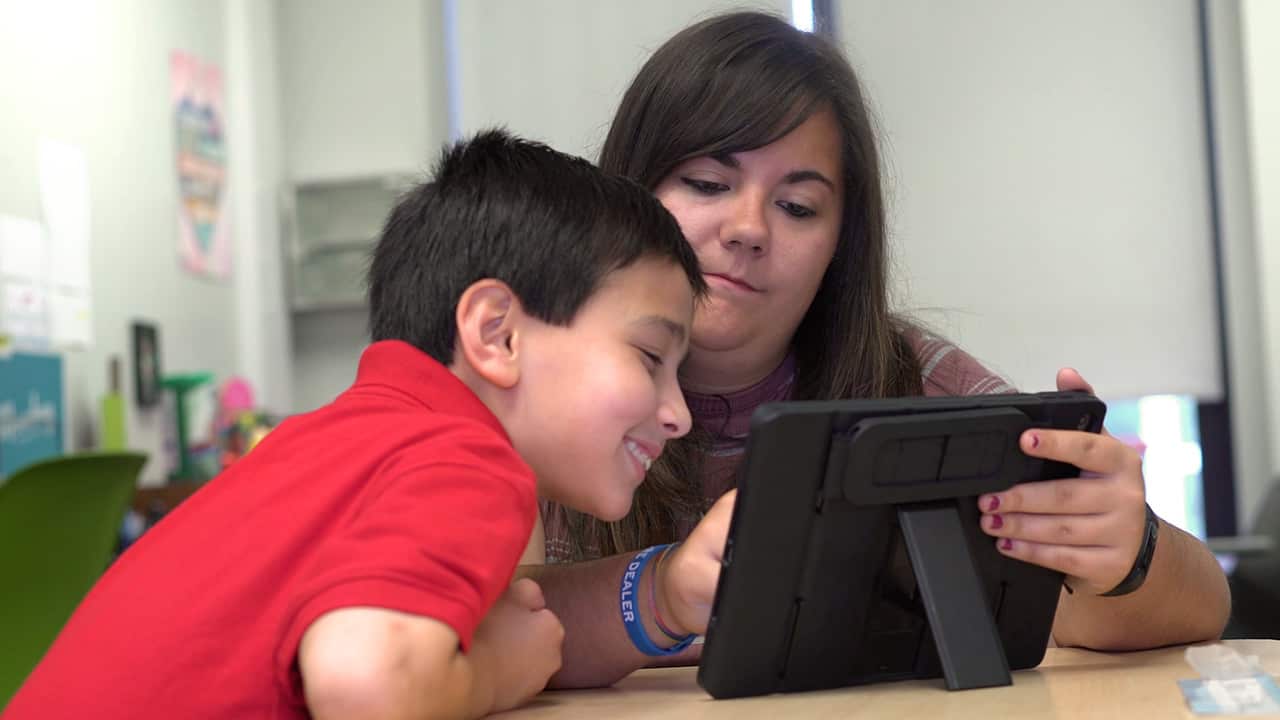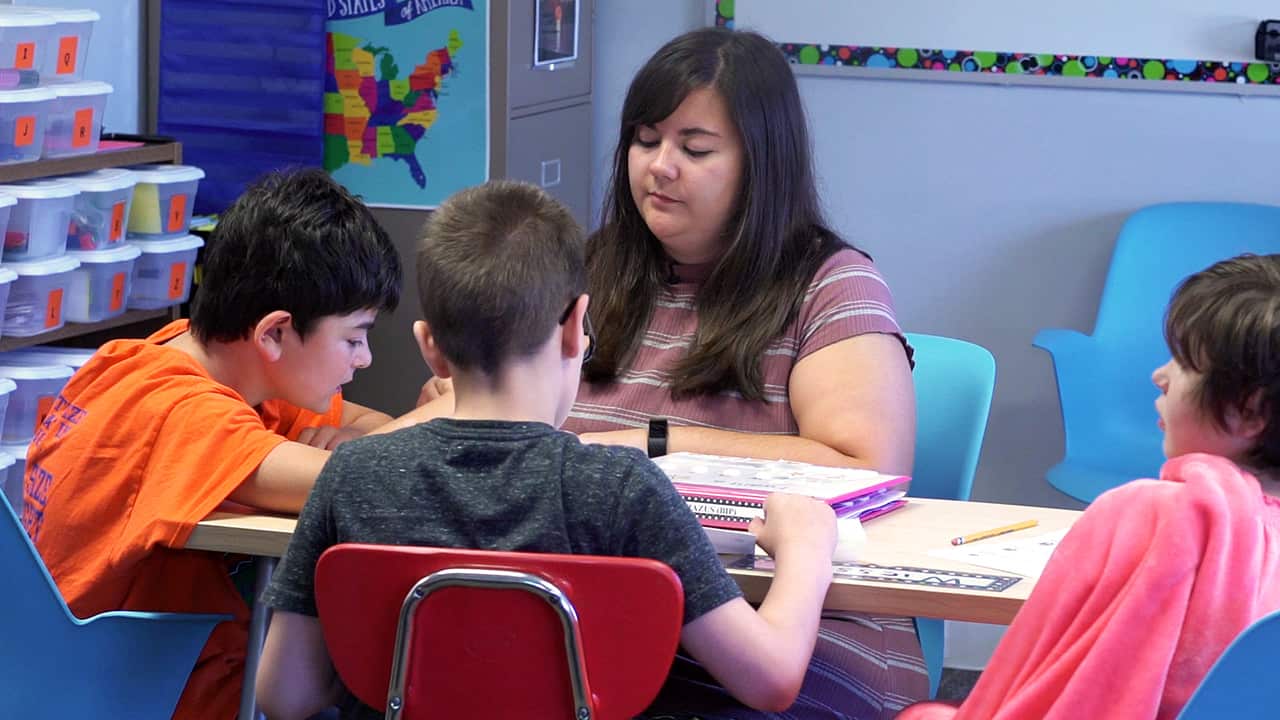First, let’s look at the 4 areas of cognitive regulation and what it looks like for students with significant disabilities.
1. Attention Control
Can the student identify the relevant information in the classroom? Can the student resist distractions in the classroom to focus on learning?
2. Inhibitory Control
Can the student control unwanted behaviors in favor of desired behaviors?
3. Working Memory/Planning
Can the student remember relevant information over a short period of time? Can the student use information to create steps to reach a goal?
4. Cognitive Flexibility
Can the student switch from one task to another? Can the student switch their focus from one area to the next?
Then, let’s apply research-based strategies to meet each of these needs in the classroom.
Visual Schedules
Using a visual schedule helps students in each of the 4 areas. The schedule keeps their attention focused on the task at hand and during transitions from one activity to the next. Seeing a preferred activity on a visual schedule can create the inner drive to suppress unwanted behaviors and exhibit positive behaviors to reach the preferred activity on their schedule sooner. The schedule helps them plan their school day and know what to expect which allows for more flexibility.
Social Narratives and Video Modelling
Reading social narratives and watching video models of expected behavior helps students create a picture in their mind of the steps needed to complete more complex tasks. Using these visual sequential strategies can help a student plan steps to achieve goals, and the more frequently they are used, the longer they stay with the student.
Break Cards
Students often use many different kinds of behavior when they need a break from work and most often it is not a desired behavior. Break cards are a great way to teach students the appropriate way to ask for a break. Giving students a certain number of break cards can suppress their urges to act out as they now have an easier way to take a break from the task at hand and recharge.
Last, let’s put these strategies into action!
- Identify which area of cognitive regulation to focus on with your students.
- Assess each student on their ability to perform each skill.
- Pick an evidence-based strategy that fits the needs of each student.
- Watch your students’ positive behavior blossom and your classroom transform!



